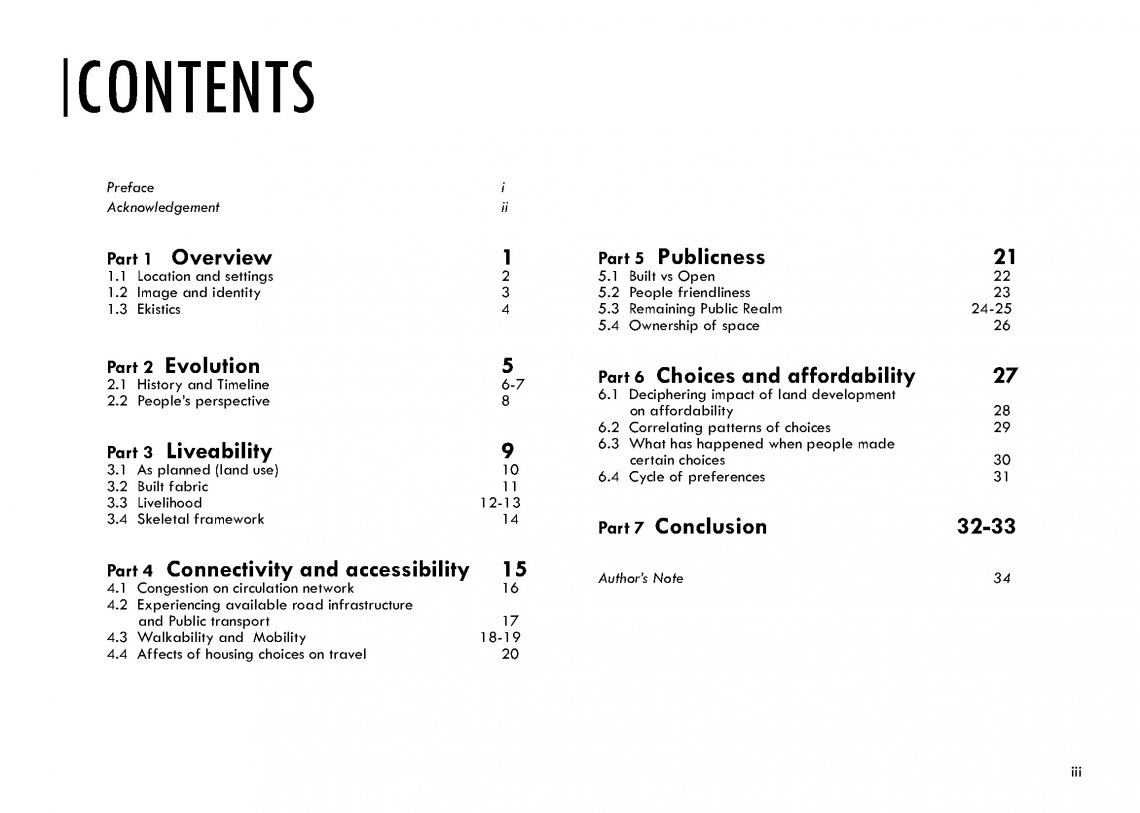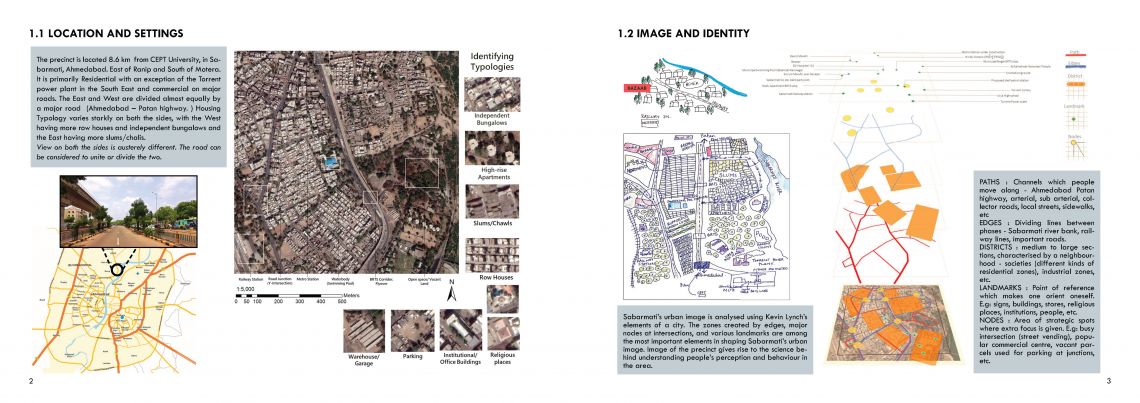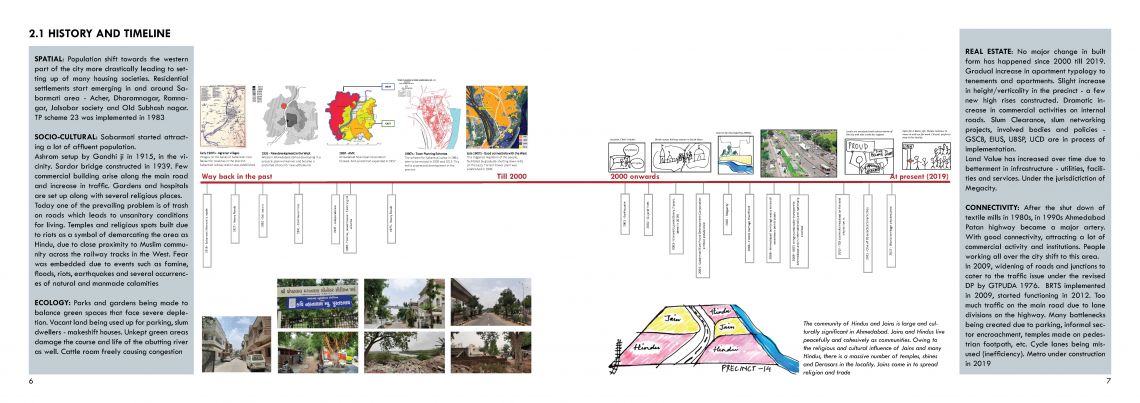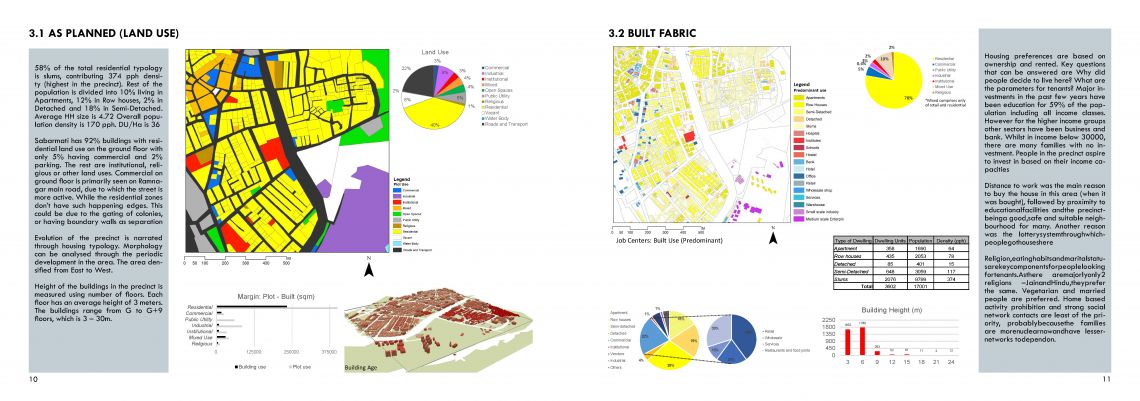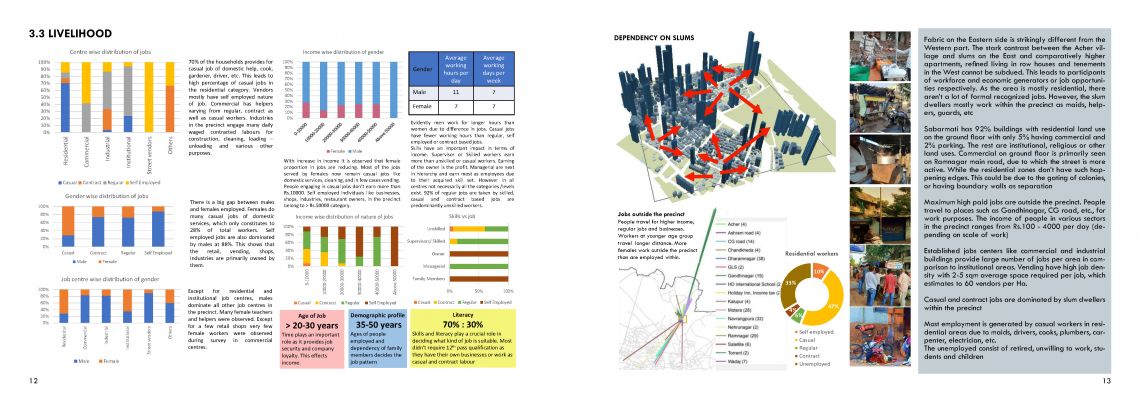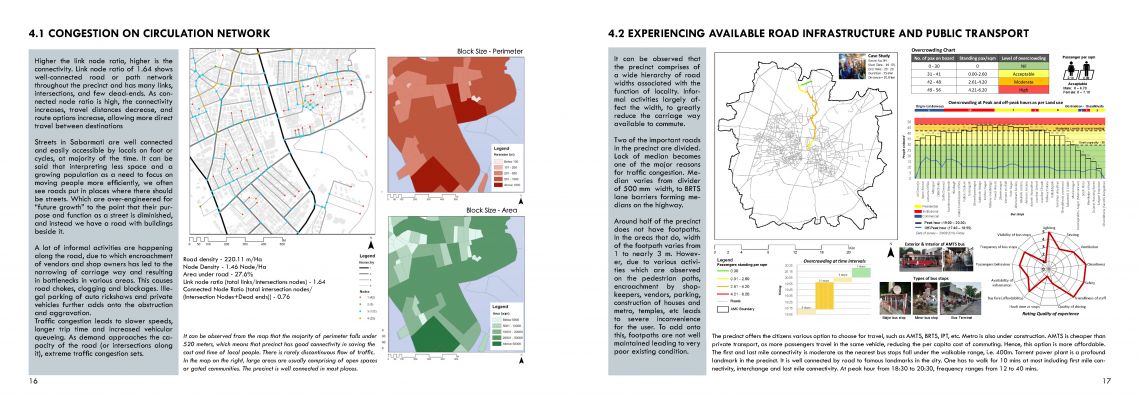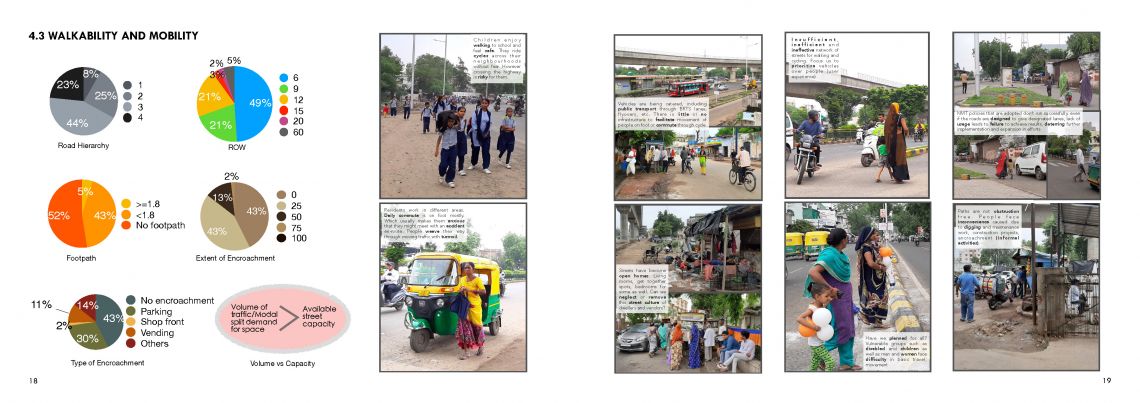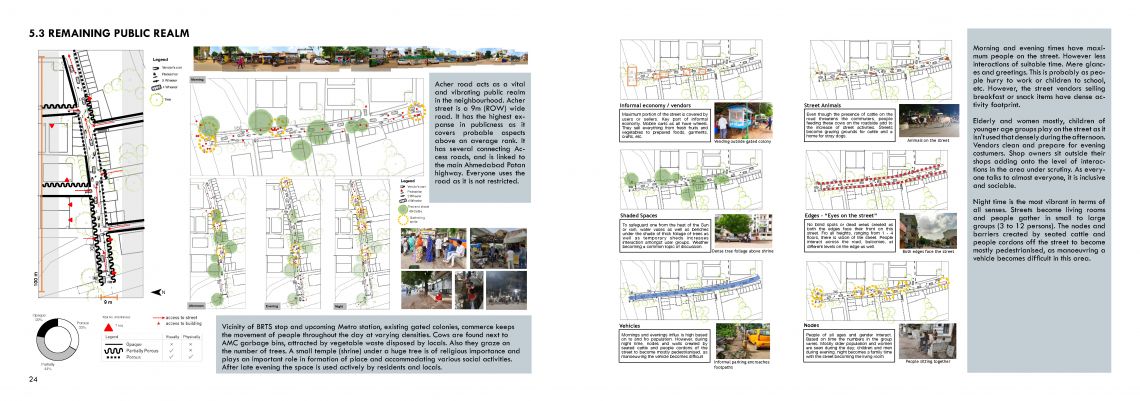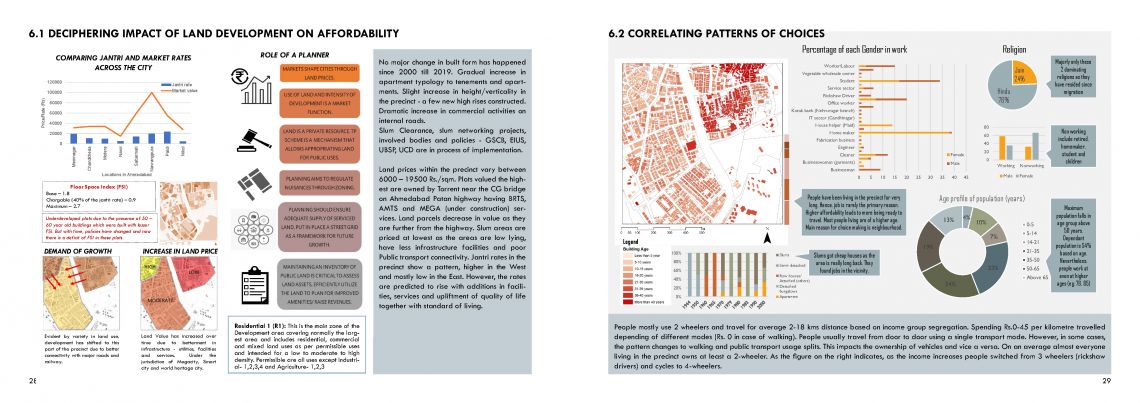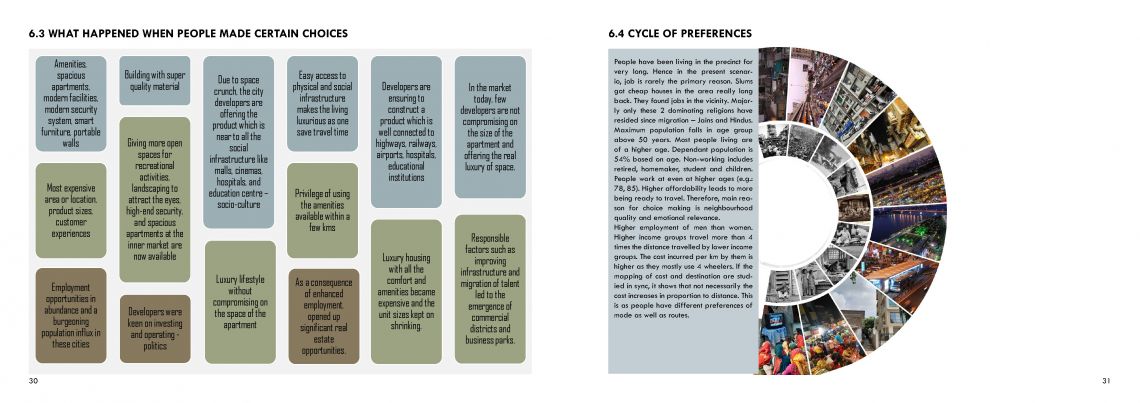Your browser is out-of-date!
For a richer surfing experience on our website, please update your browser. Update my browser now!
For a richer surfing experience on our website, please update your browser. Update my browser now!
A city can be understood through diverse layers of functional, psychological and agglomerative patterns which overlap through various perspectives. Areas can be homogenous or heterogenous, however, they co-exist leading to a vivacious fabric. Ahmedabad is such a city located in the state of Gujarat. The Sabarmati River cuts Ahmedabad into east and west, as well as old and new respectively having different typologies, densities, infrastructure etc. This was studied in “Understanding the City”, Foundation studio 2019 at CEPT University. With each student being given a precinct (one square kilometre) to be analysed through various aspects. The precinct documented in this publication lies in Sabarmati; in the North Western fringe of Ahmedabad. The precinct is located at around 9 kilometres from CEPT University. The stark contrast of eastern and western side Ahmedabad can be interpreted through this precinct. The precinct comprises mostly of middle-income neighbourhood. The precinct has lower land rates as compared to Navrangpura (Around 4-5 times less), and hence the housing is affordable to the lower income groups as well. The precinct is largely residential with some industrial to the south of the precinct. The precinct hasn’t undergone any major transformation which can be evidently seen through last decade’s development and its barely affected urban form. The publication looks at the precinct from the lens of inhabitability as an old establishment, key aspects observed in the neighbourhood.
